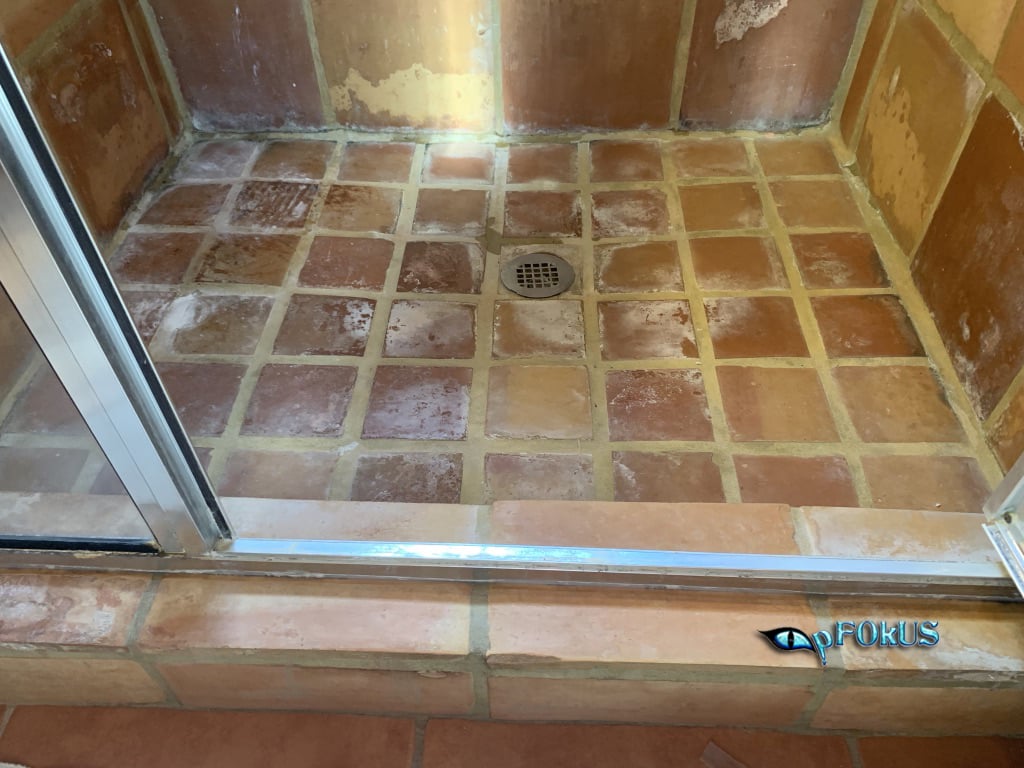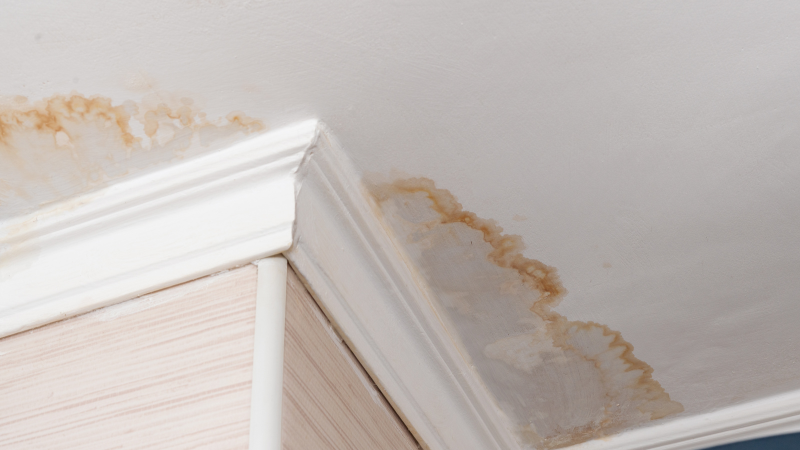Ways to Repair a Water-Damaged Wall in the Bathroom
Ways to Repair a Water-Damaged Wall in the Bathroom
Blog Article
What're your ideas on Preventing Water Damage in the Bathroom?

The washroom is extremely susceptible for wet buildup as well as prospective water damages because of the regular use of water in it. This write-up uses easy evaluation strategies to help identifying water damages dangers.
The frequent use water in the shower room makes it incredibly vulnerable for wet build-up and possible water damage. By evaluating it frequently, you can lower water associated damages.
The complying with set of examinations is simple to perform as well as should be done when in every three months in order to maintain your restroom healthy as well as to prevent prospective water damages triggered by the bathtub, the shower, pipeline joints and plumbing, sinks, closets, and the commode
Do not overlook executing these evaluations and also be extensive while performing them. Bear in mind that these simple assessments can conserve you a lot of cash by giving early signs for water damage
Bathtub as well as Shower
The shower and bath tub call for special focus as well as upkeep. Inspect the tiles as well as replace if split. Make sure that there is no missing out on grout in between the tiles. Check and change cracked caulking at joints where the wall surfaces fulfill the floor or the bath tub. Clogged drains pipes and also pipes troubles will stop the bathtub from drying out and also may show serious issues beneath the tub. Seek advice from a professional promptly to prevent structural damages. Pay attention to discolorations or soft areas around the tub wall surfaces as they may suggest an inner leak.
Plumbing
Signs for water damages are tough to detect because many pipelines are mounted inside the walls.
Pay special interest to floor covering and walls dampness and also stains as they may show an invisible plumbing problem. Inspect dampness levels in adjoining spaces also.
Sinks and also Cabinets
Sinks and cabinets are subjected to dampness and also humidity daily as well as are commonly overlooked. Inspect frequently under the sink and also on the kitchen counter above it. Fix any kind of drip in the catch as it might suggest drain problems. Take a look around the sink, sluggish draining pipelines might show an obstructed drain. Replace sink seals if they are cracked or loose.
The Bathroom
The bathroom is a prone water joint. Examine the water lines and also look for leakages around the commode seat, in the tube, and under the water tank. If you spot any signs of moisture on the floor around the bathroom, check for leaks in the toilet rim as well as storage tank seals.
Understand that hanging bathroom bowl deodorants enhances the chances for clogs.
Water Damage Signs In The Bathroom To Avoid Cleanup
Musty smell
This is one of the easiest signs to catch because musty smells are so odorous. The damp, earthy, moldy smell should be a big red flag. The smell will develop when moisture gets trapped in surfaces, and begins to facilitate mold growth. Leaking pipes under cabinets, inside walls, and behind shower fixtures will cause moisture to stay trapped and not dry, which will lead to mold growth and spread. As soon as you notice any musty smells in your bathroom, have it checked for hidden water damage and cleanup signs.
Visible mold
If the smell isn’t there to give it away, sometimes you will actually see mold growth. Finding mold in your bathroom is a serious problem, because mold is very harmful to your health. By the time mold growth is visible, it also means that water damage has already occurred and been present for some time. The only way the mold problem can be resolved is to find the source of the moisture and get it stopped. To safely and adequately remove mold, you need to have professionals handle the remediation. Do not waste any time in getting mold problems addressed, fixed, and sanitized so that you can protect you and your family from the many respiratory symptoms caused by mold exposure.
Damaged floors
Bathroom floors should be able to withstand some exposure to water while still remaining in good condition. However, when excess exposure or water leaks occur, they will begin to damage even the most water-resistant flooring. If you notice any cracking, bubbling, staining, or warping on your bathroom floors, there is probably a water leak somewhere causing the distortion. If you notice areas of the floor have become softer, or even have a spongy feeling, there is probably damage to the subfloor. Subflooring is typically made up of plywood. When plywood is exposed to water or moisture, it will absorb it. Once it has become saturated, the weight of the excess water will cause the wood to swell and soften. Check the floors in your bathroom frequently to catch any of these sings before they lead to damaged subflooring.
Changes on walls
When water leaks behind walls, it will cause changes in the drywall. Peeling plaster, blistering paint, and soggy wallpaper are all good indicators that excess water is building up behind the wall. Water leaking behind drywall will cause it to swell and be soft to the tough. If you start to notice gaps along the trim of your walls, or where tile meets the wall, it could also be a strong indicator that there is a leak behind the wall. Any changes, distortion, or damage on the walls should be evaluated as soon as you notice it to prevent further water damage and cleanup.

Do you like more info about How to Fix a Water Damage Bathroom? Place a remark down below. We will be interested to find out your insights about this blog. Hoping that you come back again before long. Do you know about someone else who is curious about the niche? Please feel free to promote it. Thanks so much for taking the time to read it.
Schedule Report this page